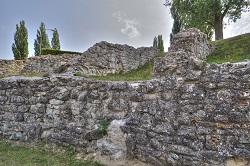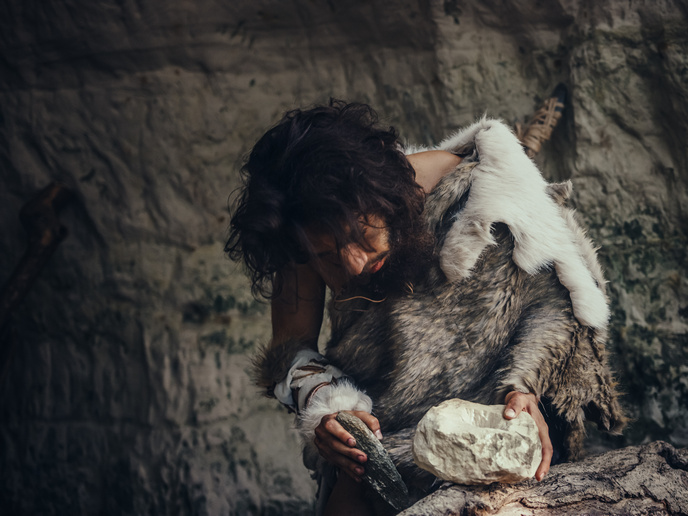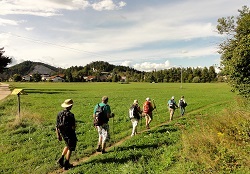New ways of preserving Europe’s cultural heritage
Cultural heritage is the cornerstone of European history. From the tangible to the intangible and including books, images, paintings, maps, artefacts, sites, uniforms, music, folklore and theatre, cultural heritage is everywhere. As a result of its ubiquity, cultural heritage is not only important for the creation of a common European identity, but also for the continent’s social and economic development. With Europe’s heritage being built on each country’s individual histories and traditions, the EU is committed to conserving this unique collective past and providing a legacy for its future. One way of doing this is through Digital Cultural Heritage (DCH), or the use of revolutionary ICT that brings together Europe’s diverse array of cultural heritage and makes it available to citizens across Europe. For example, through a virtual museum, a visitor in Greece can see the works of art hanging in the Louvre in Paris, or a school class in Estonia can listen to a classical piece of music from Vienna. Thanks to the efforts by such EU-funded initiatives as the ITN-DCH project, Europe’s cultural heritage is becoming more comprehensive and increasingly accessible. “ITN-DCH set out to bring a more holistic approach to Europe’s currently fragmented DCH,” says project coordinator Marinos Ioannides. “Our goal was to create a cost-effective documentation, preservation, protection and presentation system covering all aspects of cultural heritage.” Seeing old sites through new technology To accomplish this, researchers organised a variety of case studies that set an example of how to take a holistic approach to preserving DCH’s entire lifecycle. For example, in the village of Nikitari in Cyprus, the research team used different data acquisition techniques to get a complete picture of the UNESCO World Heritage listed Asinou Church. Using drones, laser scanners, 360-degree cameras and ground-based multi-spectral devices, the recorded data was uploaded onto a visualisation system and edited. “Now, users can take a virtual tour of the church from their own personal device,” explains Ioannides. “They are even guided by a self-narrating priest!” Meanwhile, in Germany, an ultralight paraglide trike was used to take aerial images of Donaustauf Castle. Researchers then used laser scanning and photogrammetric techniques to create a 3D model of the castle’s internal structure, along with a database of all on-site findings. Based on the combined recordings, a full 3D model of the castle was also generated. Everything was then fully digitised and made available online. At Carnuntum, an important archaeological site in the ancient Roman province of Pannonia, in Austria, ITN-DCH researchers tested a range of reconstruction methods, from digital visualisations to the actual physical re-building of selected houses on their original foundations. The recorded data was then logged into a custom application that is now being used as a platform to experiment with location-based content and augmenting 3D objects. Giving cultural heritage a boost Collectively, these case studies produced a number of key innovative methodologies and results. For instance, they introduced a series of new forms of personalised services that mix physical (tangible/intangible) and virtual objects, resulting in virtual surrogates that allow for the re-use of cultural heritage in real-life application environments. It also identified such cost-effective methods as virtual capturing, 3D modelling, web-semantic, archiving and representation to transform human creativity into tangible ‘digits’. “In the end, the project successfully boosted the added value of cultural heritage assets by demonstrating how to use and re-use them in real application environments, including education, tourism and entertainment,” says Ioannides. In fact, the project’s exceptional approach was recently acknowledged by UNESCO with the unique prestigious UNESCO Chair Award on Digital Heritage. “This is especially exciting as it comes just as Europe begins to celebrate the EU’s Year of Cultural Heritage in 2018,” adds Ioannides.







